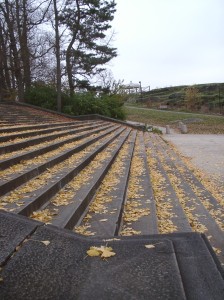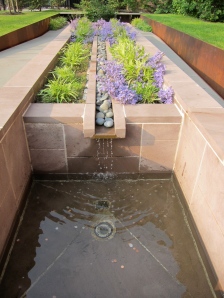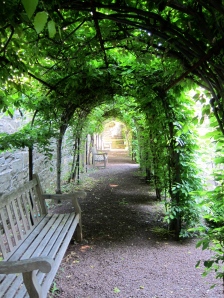We here at arslocii aren’t very political, at least not in the capital “P” sense. We have things that get us riled up, of course, and events and personages (and reactions to those events and personages) that we have strong opinions about. And, occasionally, we’ll shove a little money (a very little money) at them, and especially if irresistible, wounded, furry creatures are part of the pitch. But those folks out there at rallies wielding signs and slogans, those doorbell ringers with clipboards and explications and supplications, those drivers with Volvos or Subarus held together by bumper stickers that seem to be everywhere but on the bumpers – that won’t be us.
However, viewing our homeland through an arslocii filter, we can’t help but think – no, more than think: believe – that the problem with this country – and it is a country with a problem, one that goes beyond the economy or oil spills or Generation E (for Entitlement), or, rather, that weaves through and connects them, or, perhaps, engendered them – is that the United States no longer has placeness.
Sure, it still has spots like the Grand Canyon or Monument Valley that make any sensitive person go “whoa.” And there are the locations and nooks and niches that we’ve written about here that strike us as having placeness.
But, writ large, as an entity, a physical and reified locale, even just as a working concept – which America has always and, maybe, primarily been – it is, today, a place without placeness, a place without the power (or magic) to compel us to see ourselves in it, to recognize and reunite with ourselves when we view or contemplate it, to be empathetic in concert with it, to spy our better angels in it. James Kunstler has written that what dooms a place is when it becomes a place we no longer care about – not enough to fight for, to improve, to see as a common good, to seek to unify in any way other than for economic or partisan profit. To keep clean, to be outraged over, to cry for and with, to take proper steps to ensure a future life in, to have fondness for in ways that transcend childhood memories and the comfort-food caress of passed-down biases – to care about, to feel the placeness in, to crave the art and artfulness of it, and enjoy the art of living and the living art.
We’re not talking about patriotism or nationalism or jingoism – they don’t create placeness, they supersede it with slogans and divisions, landgrabs and false certainties … and fear. Placeness is the opposite of fear, alive in partnership with an awe that is not rooted in intimidation.
We need to reconnect and reimagine by thinking of “place” beyond the ways we think of it now: selfishly (“my place”), competitively (where you placed in the race), conveniently (placing a drained bottle on someone else’s steps, placing discarded life in a holding cell for adoption or disposal). We have to “de-prefix” our tendency to re-place or dis-place or mis-place, and concentrate on the “place” at the root. The reverence and respect that one feels when one has entered a spot with “placeness” is what is missing so much today in this country and in discourse about this country. We all need to think of this country and placeness the way immigrants have imagined it since the beginning: as a place of hope, not purely acquisition; of illumination, not confusion; as a spot on Earth that tingles with a justice that goes beyond mere laws – a place with a placeness that says “home” without having to build fences around the homestead.
We are living in a time of prose when what we need is poetry, or, at least, adjectives designed to color and deepen rather than wound or build an advantage upon.
Until we find a way to make this country a place redolent of, resonating with, influenced by and desirous of placeness, then it is fated to be no place at all. But, then, it shouldn’t be something we need to make – it is already here. We just have to want it, see it, rediscover it, feel it and embrace it.
















